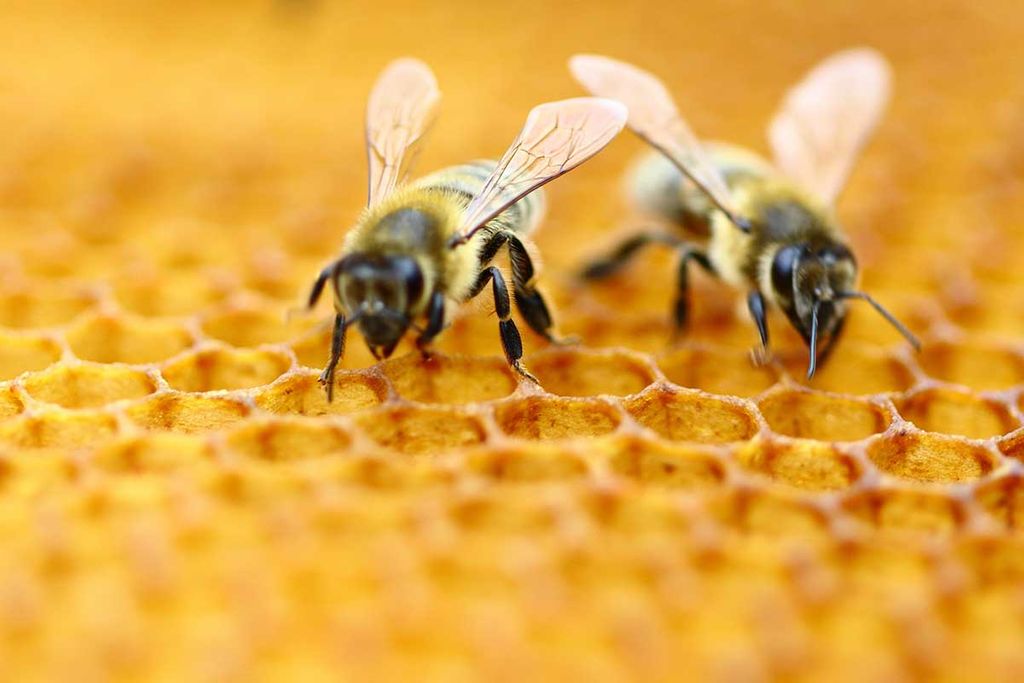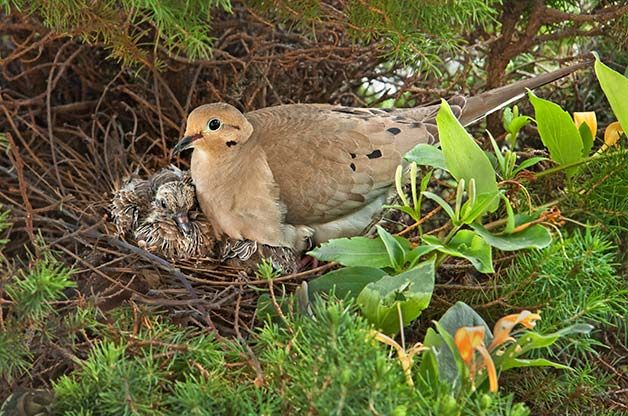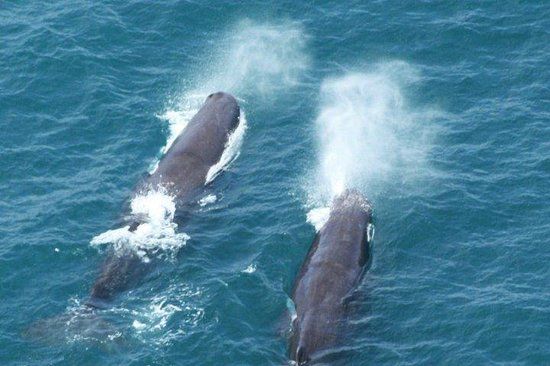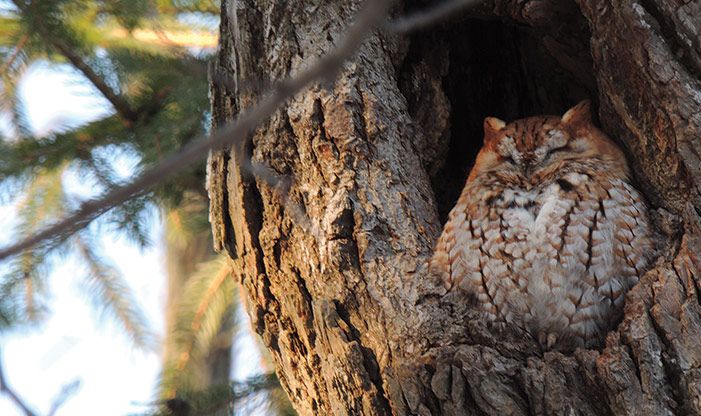Popular Myth Burst......
Jun 11, 2019 • 20 views
1. BEES only sting once and then die
It's true for honey bees. It should be noted that males across the bee species cannot sting. The Honey Bee worker's stinger is barbed, and sticks to human skin. When the bee tries to escape after stinging, she is doomed to rupture its abdomen and die a painful death. It should be noted, however, that honey bees can sting other large insects with easy, but the singer get stuck in the thick skin of human and other mammals other bees and wasps have smoother stingers that can string multiple times.

2. OSTRICHES bury their head in sand
Although ostriches have small heads compared to their huge bodies, it is common sense that they wouldn't be able to breathe if they bury their head in the sand. Ostriches dig holes in the sandy ground to use them as nests so they keep their eggs in these holes. From time to time they put their head into the holes, momentarily in order to check out the eggs and turn them with their beaks. From a distance it appears as if the birds are actually buying their heads. It is surprising that the myth originated from the notion that ostriches are timid in nature and bury their heads when they see danger around them. In reality the birds are equipped with a couple of natural defences like extreme speed and huge size that make them capable of facing any danger.

3. BIRDS abandon their chicks if humans touch them
This old wives' tale has done more good than harm. It served as an effective deterrent for curious kids and grow ups for disturbing the wild. According to folklore, birds abandon the young ones if humans even lay a finger on them. The myth states that the scent of human hand will drive away a mother bird for good but, in reality, birds have a very poor sense of smell and are too attached to the hacking that they will never abandon them because of human scent.

4. WHALES spread out water out of their blowholes
Whales breathe only through their blowholes, they can't breathe through their mouth because the trachea(air passage) and oesophagus (food pipe) are completely separate. The trachea connects only to the blowhole. When inhaling, whales flex a muscles- which opens the blowhole and take in a big gulp of air.They are then ready to dive in the deep blue. When they resurface, the warm air is exhaled, it meets the cooler temperature of the outside and immediately condenses, making it look like a sprout of water

5. OWLS can do a 360- degree head spin
No they cannot! but can amazingingly rotate their necks to a maximum of 270- degree. If human were to execute this feat ,it would lead to an internal bleeding and breakage. An owl's head is connected to one socket providing it with extreme flexibility but why do owls have to swell their head ? It is because their eyes are tubular rather than spherical which means they have limited ability to move their eyeballs. Thus, they have to rotate their heads to compensate for the constraint eyeball movement.

6. BULLS are enraged by red colour
Bullfighting is the most popular sports in Spain, conjures an image of a bull charging at the matador’s small red cape. But why does the site of red elicit an aggressive response from the bull? Actually it does not. Bulls are mostly colour-blind. In order to antagonize the bull, the matador waves the flag. That is what irritates the Bull and make them charge in. Also, the bulls used in Bull fighting come from a very aggressive breed and our trained in a way that they stimulate aggressive response even at the slightest provocation. Moreover, it is also a myth that matadors use just a red cape when bullfighting, the capote, a larger Magenta Yellow Cape is also used in it.
